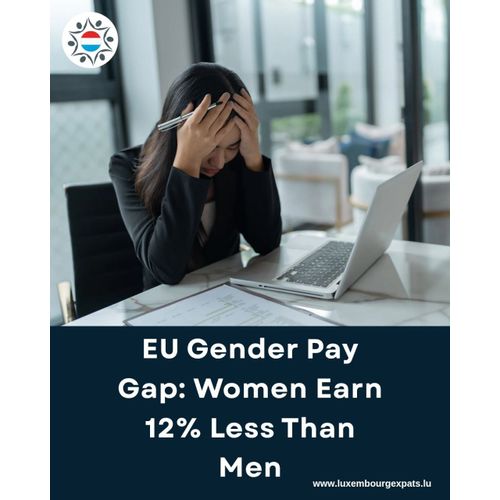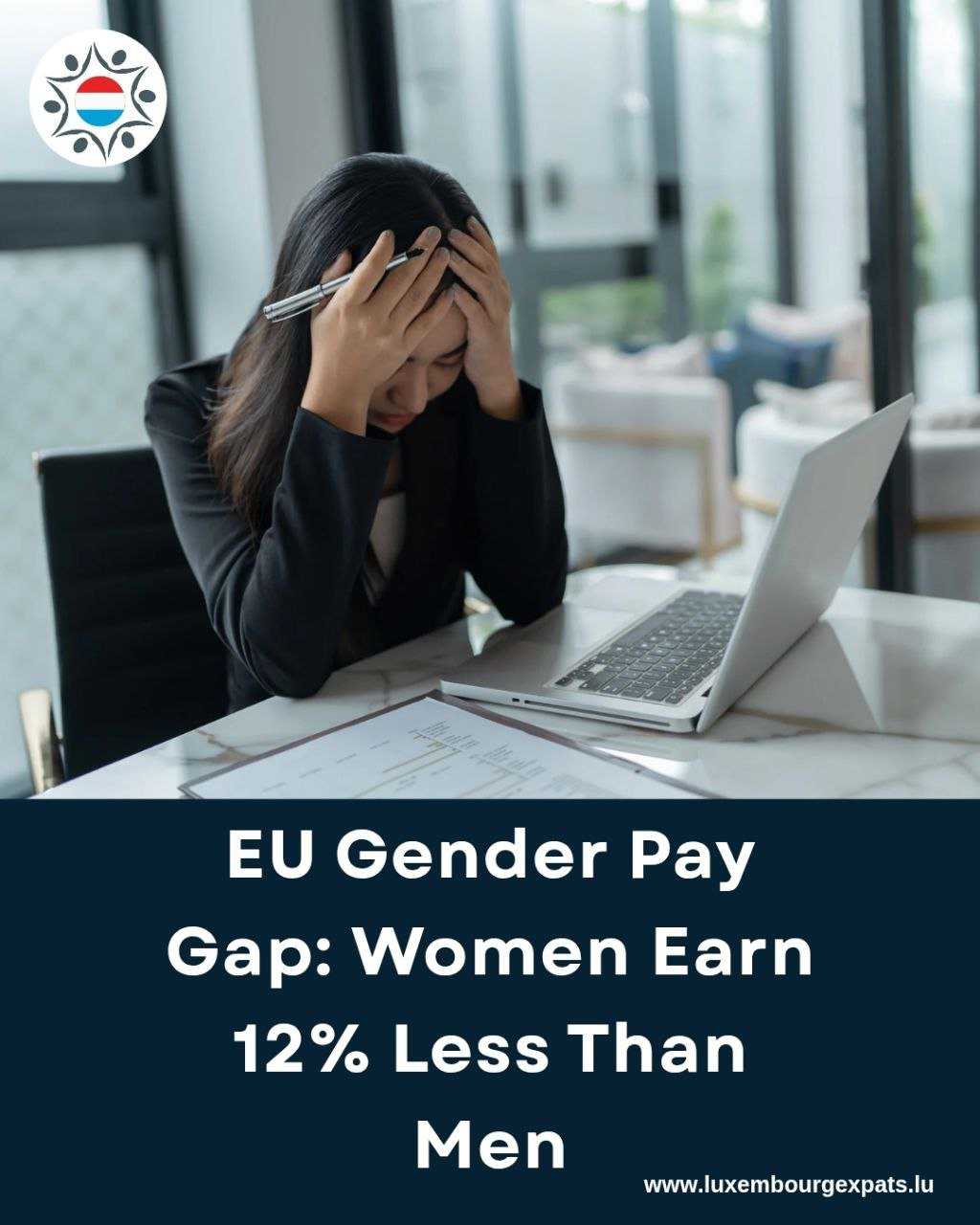EU Gender Pay Gap: Women Earn 12% Less
LuxembourgPosted on 21 November 2025 by TeamWomen across the European Union earn on average just €0.88 for every euro a man makes, according to a recent analysis from the European Commission. This figure reflects a gender pay gap of 12%, meaning that by 17 November, women in effect begin working without pay for the remainder of the year — a date which Brussels designates as this year’s “Equal Pay Day”.
While the gap has narrowed by around 4 percentage points over the past decade, progress has been uneven and slower than many hoped.
The Commission highlights that roughly 24% of the gap can be attributed to the fact that women are over-represented in lower-paid sectors such as healthcare, education and social services.
In addition, women spend more time each week on unpaid labour — such as caregiving and household tasks — which can limit their opportunities for advancement and smaller wage growth over time.
Less than one in ten company CEOs across the bloc are women, pointing to structural barriers at higher levels of the workforce.
In response, the Commission is pushing forward a set of reforms, notably the Pay Transparency Directive, which will require companies to provide more detailed salary data and act if gender pay gaps exceed 5%. The directive is slated to come into force by June 2026 at the latest.
Brussels is also preparing its upcoming Gender Equality Strategy for the post-2025 period, seeking deeper progress across employment, pay and care services.
Despite improvements, the pay gap remains meaningful. For women in the EU this year, the implication is stark: the discrepancy in pay means that a portion of their work effectively goes unpaid — a reminder of the work ahead to achieve full gender income equality.
I am your contact
Team
Chat









